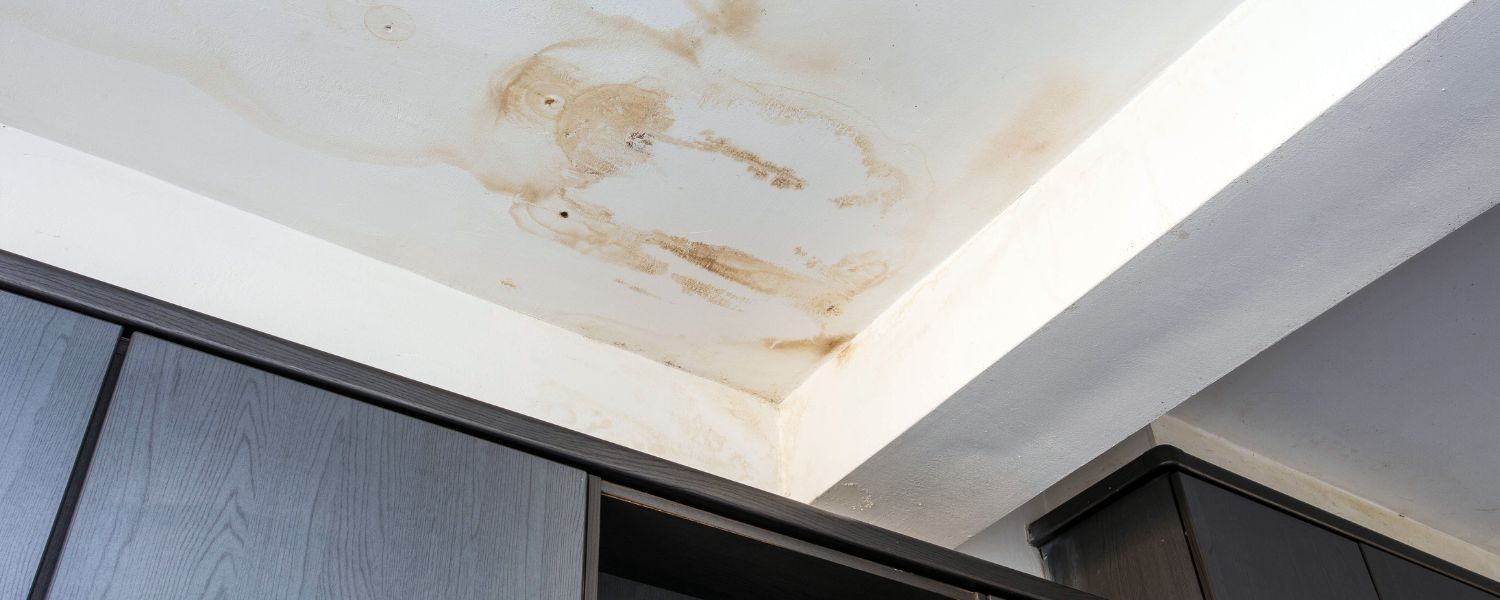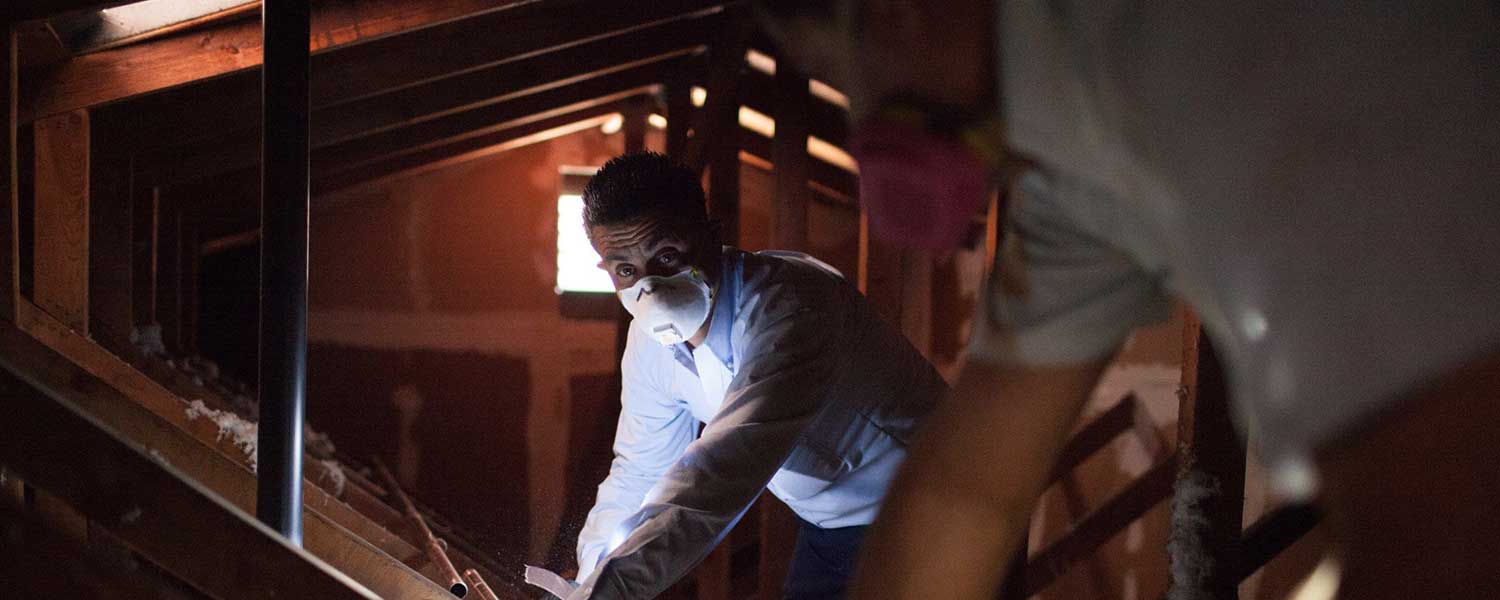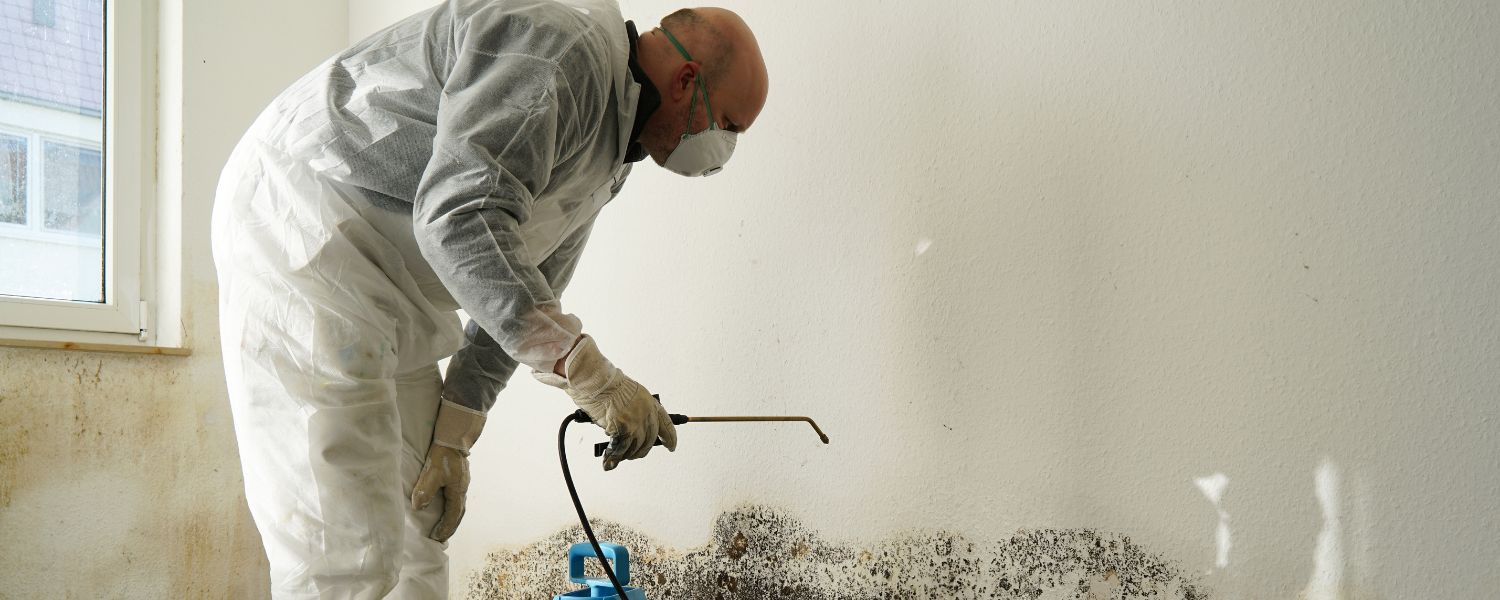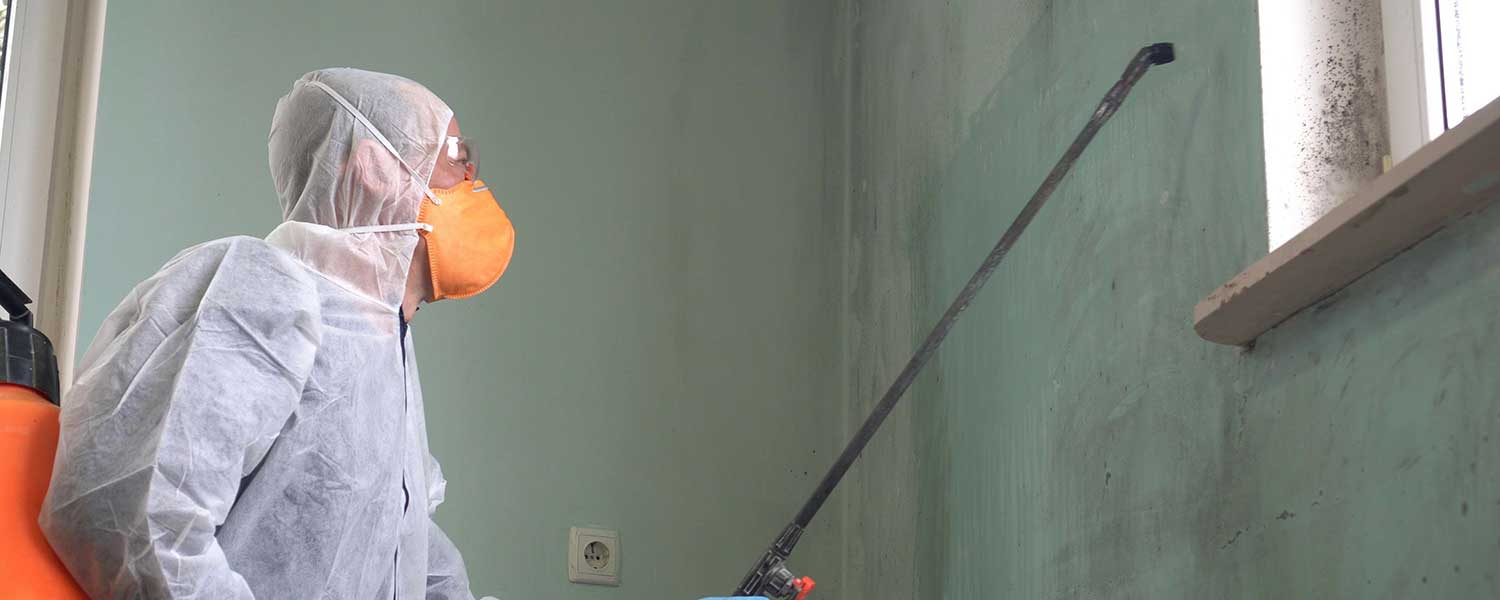If you’ve never had your home flooded, you may not think much about the dangers or consequences. You may not know how to prepare for a flood in your city or region. Flooding in California is more common than you might realize, and you want to make sure that you and your family are prepared.
With the extreme weather in California, you should take precautions now to protect your family, your home and your belongings. While your focus may be on dry conditions and wildfires which are prevalent in the state, some studies suggest that a California mega storm could happen. It’s important to know what to do if your area is impacted and know how to prepare for a flood.
What is a California Superstorm?
A California superstorm hasn’t happened since 1862, but scientists say it could happen again. They are predicting the possibility of a California megaflood with up to 30 days of continual rain. Researchers claim that some areas of the state could see as much as 100 inches of precipitation. This type of weather event would cause widespread flooding and significant damage to homes and businesses.
How Likely is a California Superstorm?
A California superstorm hasn’t happened since 1862, but scientists say it could happen again. They are predicting the possibility of a California megaflood with up to 30 days of continual rain. Researchers claim that some areas of the state could see as much as 100 inches of precipitation. This type of weather event would cause widespread flooding and significant damage to homes and businesses.
How to Prepare for a Flood
Even before such an event, there is a chance that areas could see significant rainfall, enough to cause flooding. Flood preparation must begin well before that amount of rain is in the forecast. The first thing to do is to get flood insurance. Most standard insurance policies exclude flooding, which is why you need an additional policy.
You should also look up your address in the Flood Map Service Center to determine if your home or business is located in an area prone to floods. Take photos or videos of the items in your home or business. Keep a copy of the documents in a safe place outside your home. Having this information will make the insurance claim process go faster and more smoothly.
Keep other documents, such as birth certificates and passports, in a safe place. You’ll want to purchase a waterproof lockable box or store them in a bank safe deposit box.
How to Protect Your Home Against Flooding
There are some steps that you can take to protect your home against flooding. For instance, if you install backflow valves or plugs for your drains and various sewer connections, it can help prevent flood water from entering the house through the dishwasher, washing machine, and other access points.
Another idea about how to prevent flooding in your home is to install alarms on your septic pump. The alarm will sound when flooding occurs, letting you know you shouldn’t flush the toilet or use the septic system. You will need to have an expert examine the system once the water level has gone down to make sure there are no leaks.
Anchor your fuel tanks to prevent damage to your home or other houses. Unanchored tanks can catch fire or explode and contaminate water.
To prevent damage to your home from floodwaters, buy sandbags, sheets, and plastic liners. Know how to use them to prevent water from getting inside. You’ll need plastic liners around sliding glass doors and windows that are at a low level. Sandbags can redirect the water flow away from your home. There are a lot of good online resources that instruct you in how to prepare for a flood.
How Can Flood Damage be Reduced?
Even if you can’t prevent flooding in your home because of where you live, you can take steps to reduce the amount of damage your property will sustain. Here are some things to consider now to protect your home against flooding.
- Raise your electrical switches, sockets, and wiring above flood levels. This helps reduce the damage your home sustains in a flood and makes it safer to return for recovery.
- Waterproof your basement and set up a sump pump with a battery-operated backup.
- Move valuables and furniture to a safe place before a Flood Warning is issued. Pay attention to flood alerts and start making preparations when a Flood Watch is issued.
- Pack an emergency kit with medication, flashlights, cell phone chargers, and copies of your personal documents. Even if your home isn’t flooded, you could be shut off from other resources.
Tips to Protect Your Home Against Flooding
If flooding is imminent, you need a list of things to do to protect your home. Disconnect all your appliances and turn off the power at the main breaker box. Turn off the gas at the main line. You’ll also want to shut off the water at the main line because pipes can burst when flooding occurs, making the situation worse.
Don’t wait until you hear about a major storm or flooding to get prepared.
Have your plumbing checked and have backflow valves installed by our Bill Howe Plumbing team. If the unthinkable happens and your home is flooded, contact Bill Howe for water damage repair and flood restoration services.
Call 1.858.256.4488 to book an appointment today. Trust Bill Howe; because we know Howe!




